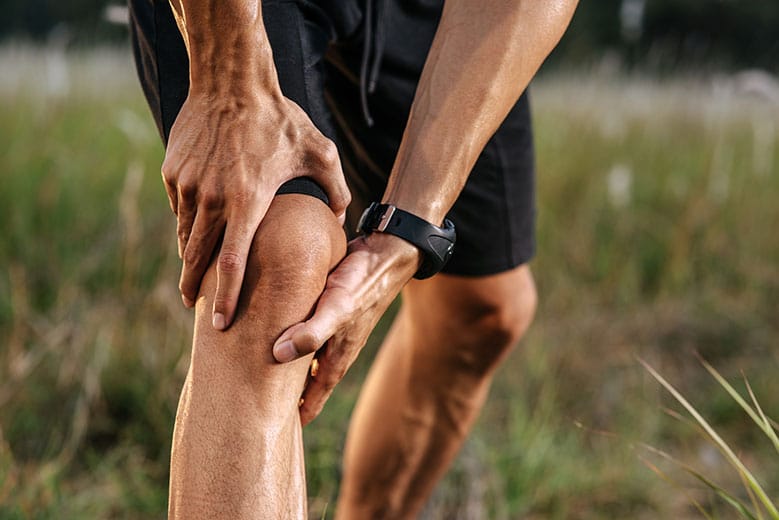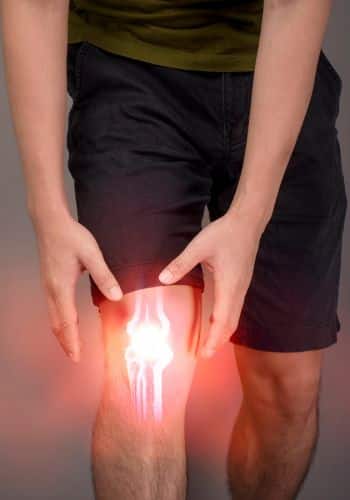Stroke Management
Our mission is to help people make better decisions about their health and add a little joy to their day. With Body Balance we will help you pursue growth & lifelong learning with honest & open communication channels.
Stroke
Improving movement and function through forced use builds a strong and balanced body for clients with a history of Stroke or TIA. Consistent and focused interventions to decrease compensations and reinforce optimal movement patterns are vital to remain independent, functional and safe.
What Is A stroke?
A stroke is a medical emergency. It happens when a blood vessel in the brain bursts or, more commonly, when a blockage happens. Without treatment, cells in the brain quickly begin to die. This can cause serious disability or death. If a loved one is having stroke symptoms, call 911 right away.
Request A Call Back from a Physical Therapist
If you’re not quite ready to book an appointment yet and have some questions you would like answered first, click the link below to complete a form to get the conversation started.


stroke symptoms
Call 911 right away about signs of a stroke, which may include sudden:
- Numbness or weakness of the body, especially on one side
- Vision changes in one or both eyes, or trouble swallowing
- Severe headache with an unknown cause
- Problems with dizziness, walking, or balance
- Confusion, trouble speaking or understanding others
stroke Diagnosis
Tests may start when you’re still in the ambulance. Once you get to the ER, you’ll get imaging tests such as a CT scan, MRI, or ultrasound. You may get other types of tests, such as an EKG (checks your heart’s electrical activity) and an EEG (checks your brain’s electrical activity).
Request A Free Discovery Visit
Are you unsure if physical therapy is right for you? Take advantage of our FREE discovery visits which help identify your issues and if we can provide help!
** Please note there is no treatment given during one of our discovery visits. These visits are designed to evaluate your needs and ensure we can offer the help you need.
different Types Of strokes
Ischemic Stroke
This is the most common type of stroke: Nearly nine out of 10 fall into this category. An ischemic stroke happens when a blood clot blocks the supply of blood to or in the brain. The clot may start in that spot or travel through the blood from elsewhere in the body. Clogged arteries are a top cause.
'Mini-Stroke' (TIA)
Transient ischemic attacks, often called “mini-strokes,” are also an emergency. When they happen, blood flow is temporarily hampered in part of the brain, causing stroke-like symptoms. When the blood flows again, the symptoms stop. You can’t tell at the time if it’s a stroke or TIA. So call 911. Having a TIA is also a warning sign, so see your doctor if you think you’ve had one.
Hemorrhagic Stroke
Hemorrhagic strokes happen when a weakened blood vessel in the brain bursts. The result is bleeding inside the brain that can be hard to stop. The most common cause is high blood pressure. Other causes include aneurysms and AVMs (arteriovenous malformations), which weaken blood vessels in the brain.
Need To Know More About Cost and Availability?
If you’d like to find out more information about the cost and availability of our services click the button below to complete a short form, a member our team will then reach out.
what can cause a stroke
Ischemic strokes: Clogged arteries are a top cause. Plaque made of fat, cholesterol, and other things builds up in the arteries, leaving less space for blood to flow. A blood clot may lodge in this narrowed space and cause an ischemic stroke. All that plaque makes it easier for a clot to form and can also rupture, blocking blood flow.
Hemorrhagic strokes: These can happen if uncontrolled high blood pressure bursts a weakened artery.
Risk Factors of a stroke
Your chance of having a stroke rises with age and if you have:
- Had a stroke or TIA before
- Heart disease
- High blood pressure
- High cholesterol
- Diabetes
- Obesity
- Sickle cell disease
- Smoking, heavy drinking, and not being active also raise your risk.
Range Of Recovery
The goal is to restore as much independence as possible. Every person is different, and so is every stroke. Many people regain some or all of their ability to take care of themselves. Those who get clot-busting drugs soon enough after their stroke may recover completely. And people whose abilities are changed by a stroke can learn ways to adapt through physical therapy to help with movement, everyday tasks, and communication.
© 2005 – 2021 WebMD LLC. All rights reserved.
WebMD does not provide medical advice, diagnosis or treatment.
Book a FREE discovery call now and see how we can help you, or book an appointment and come in to see one of our board certified physical therapist.
